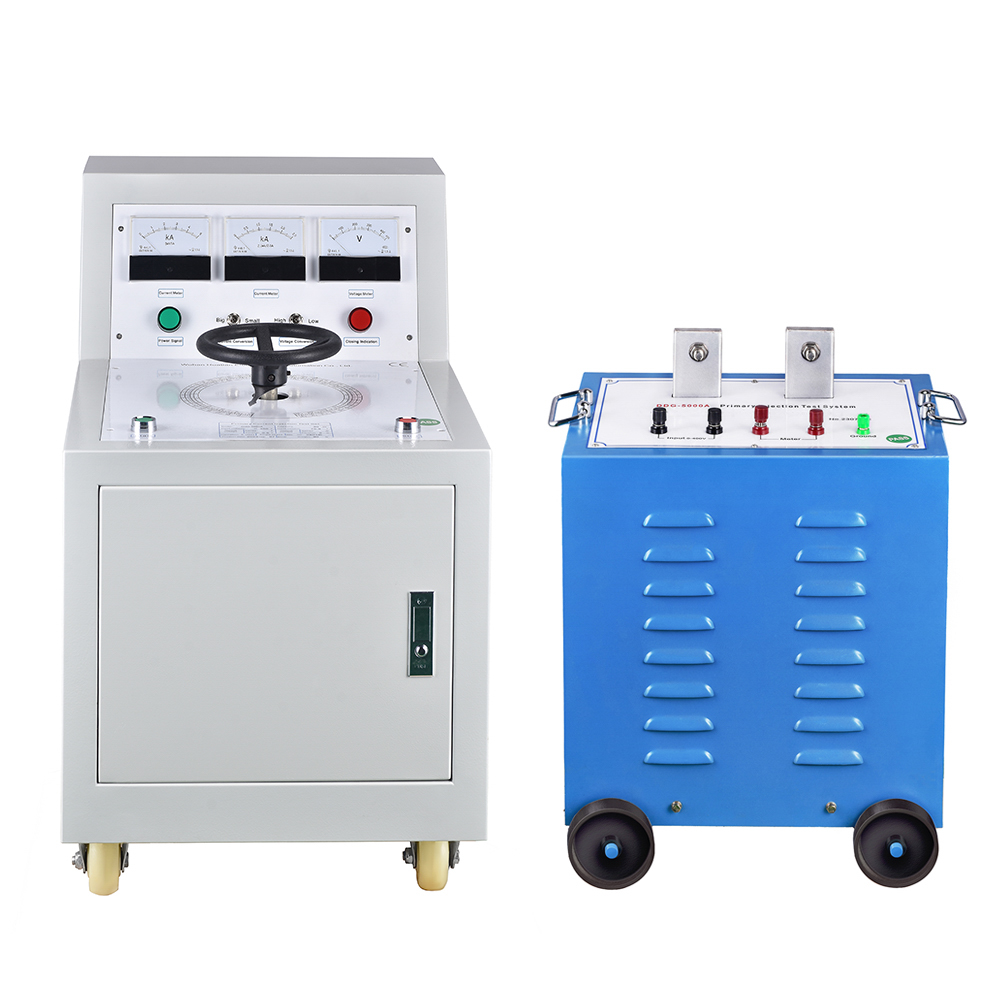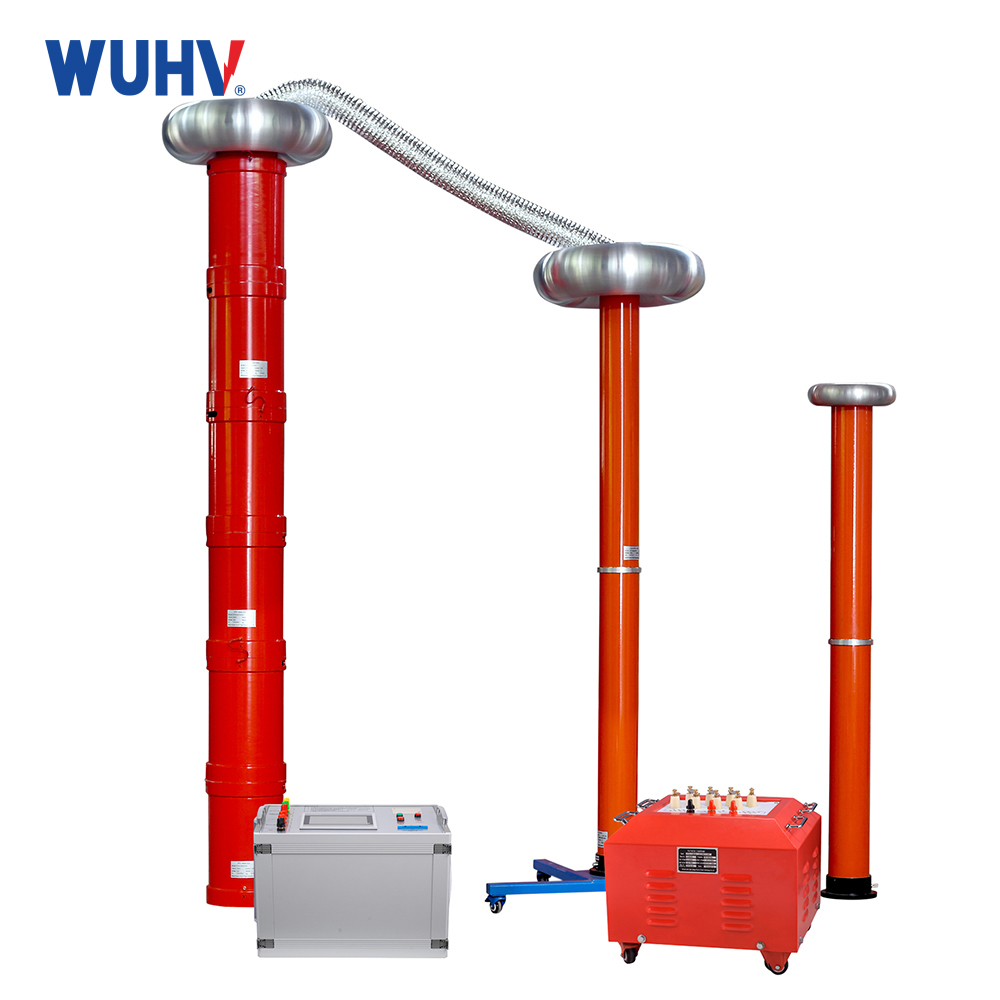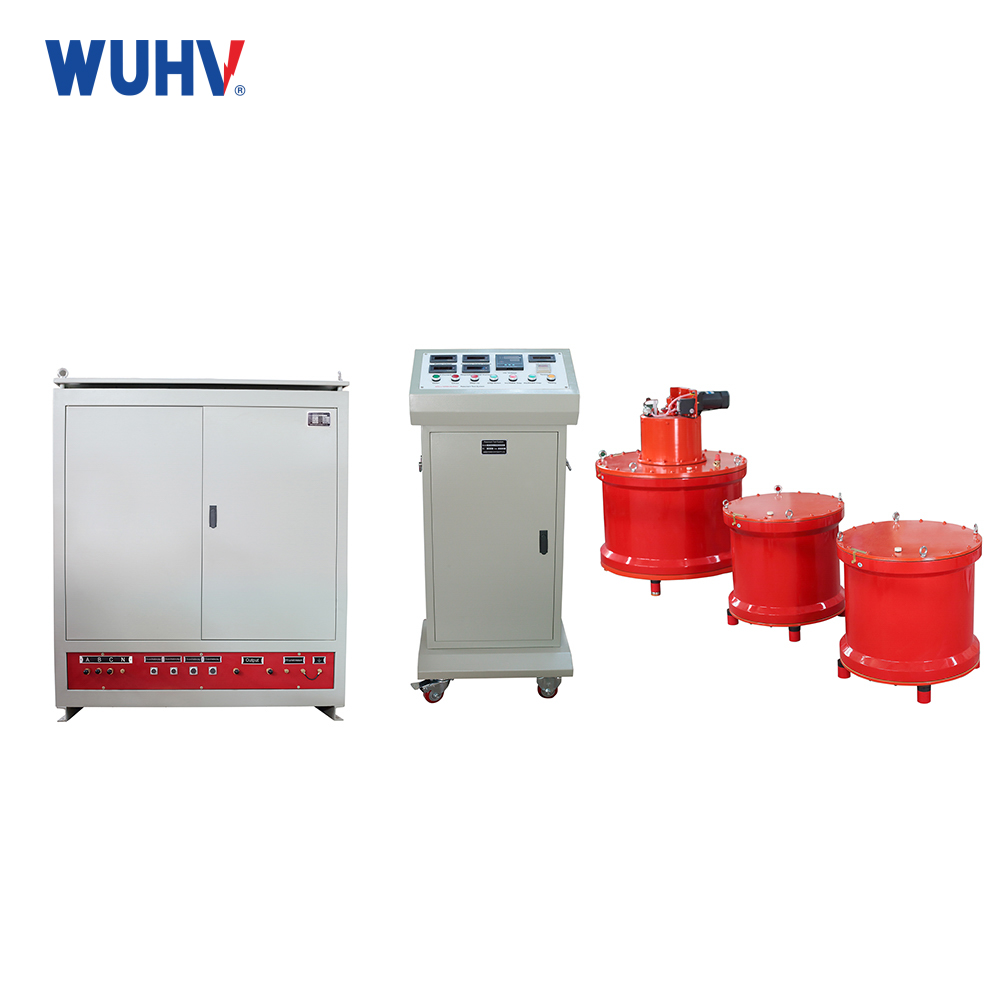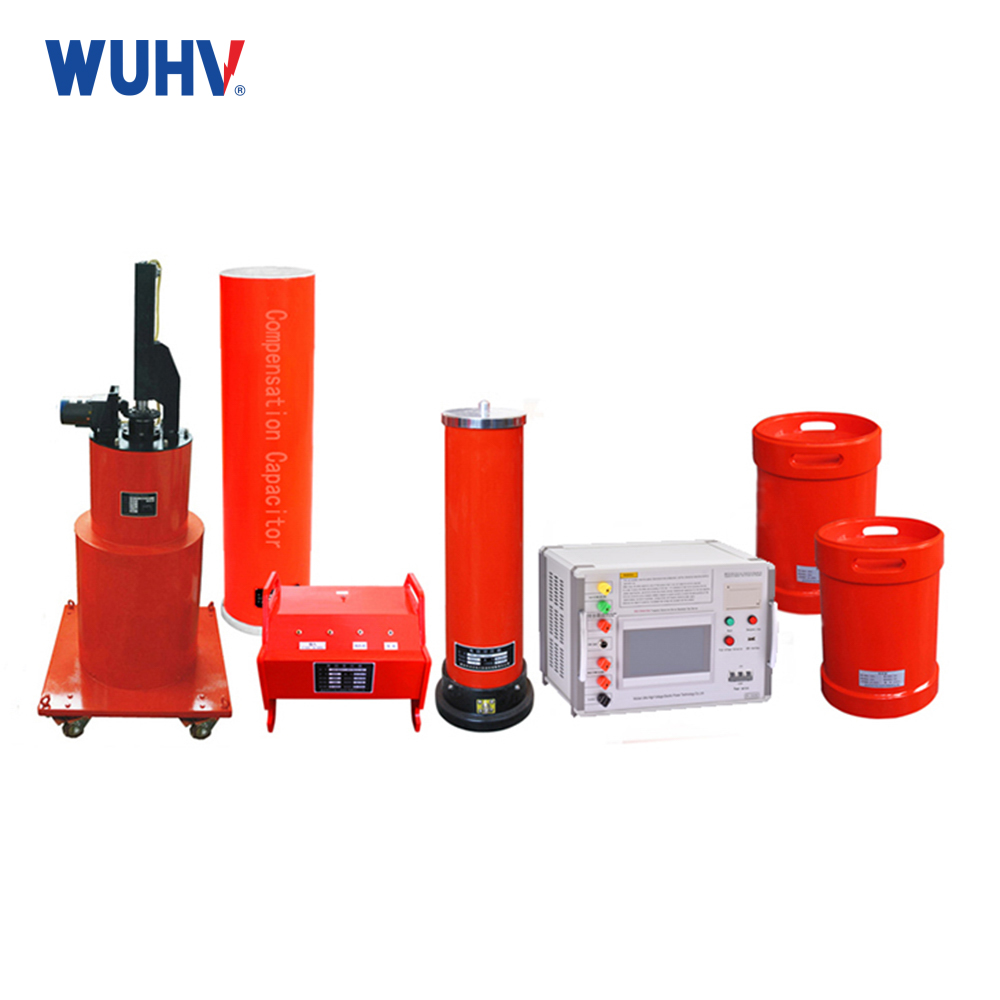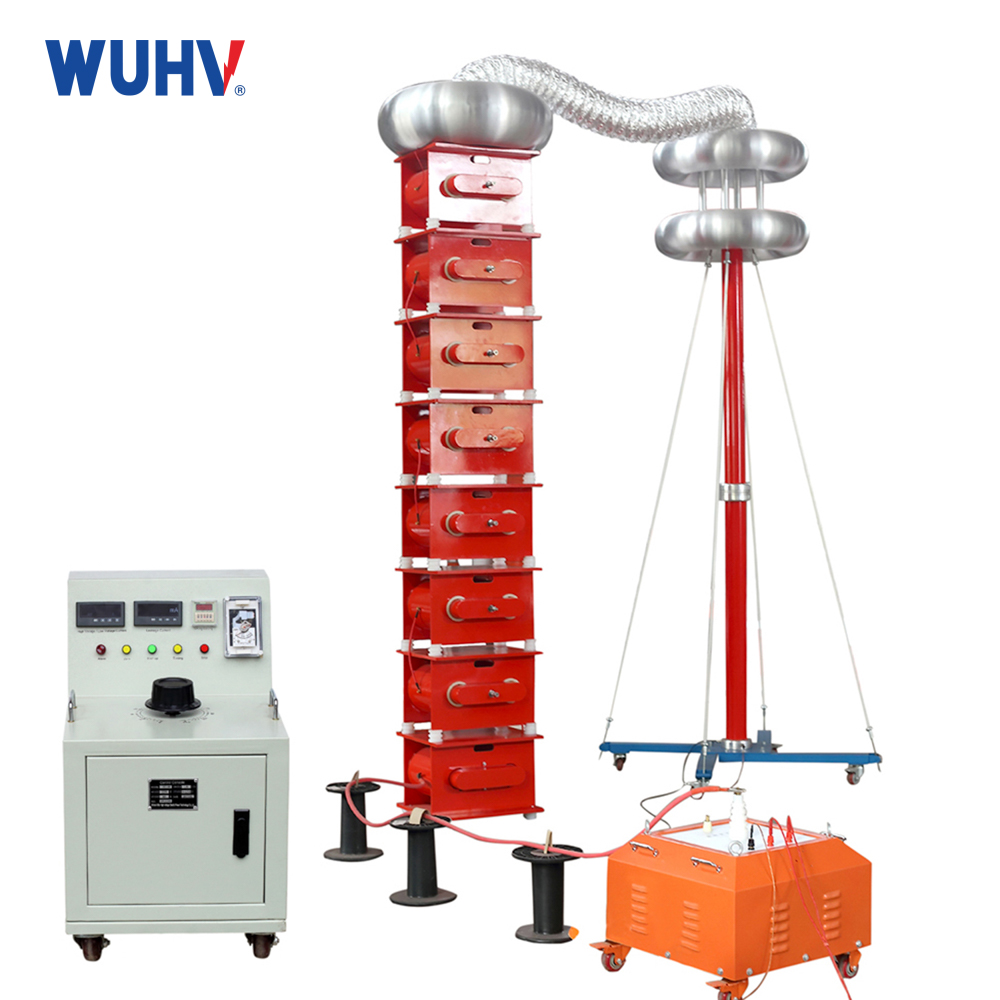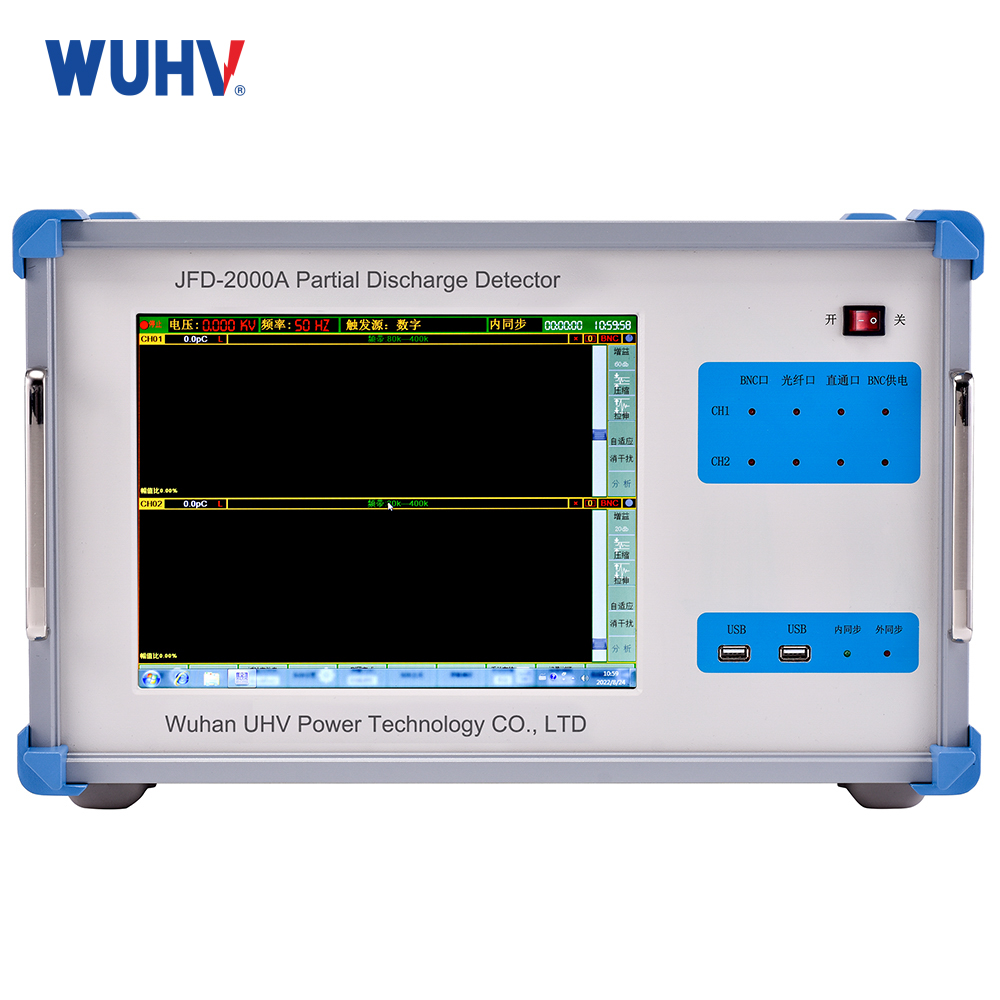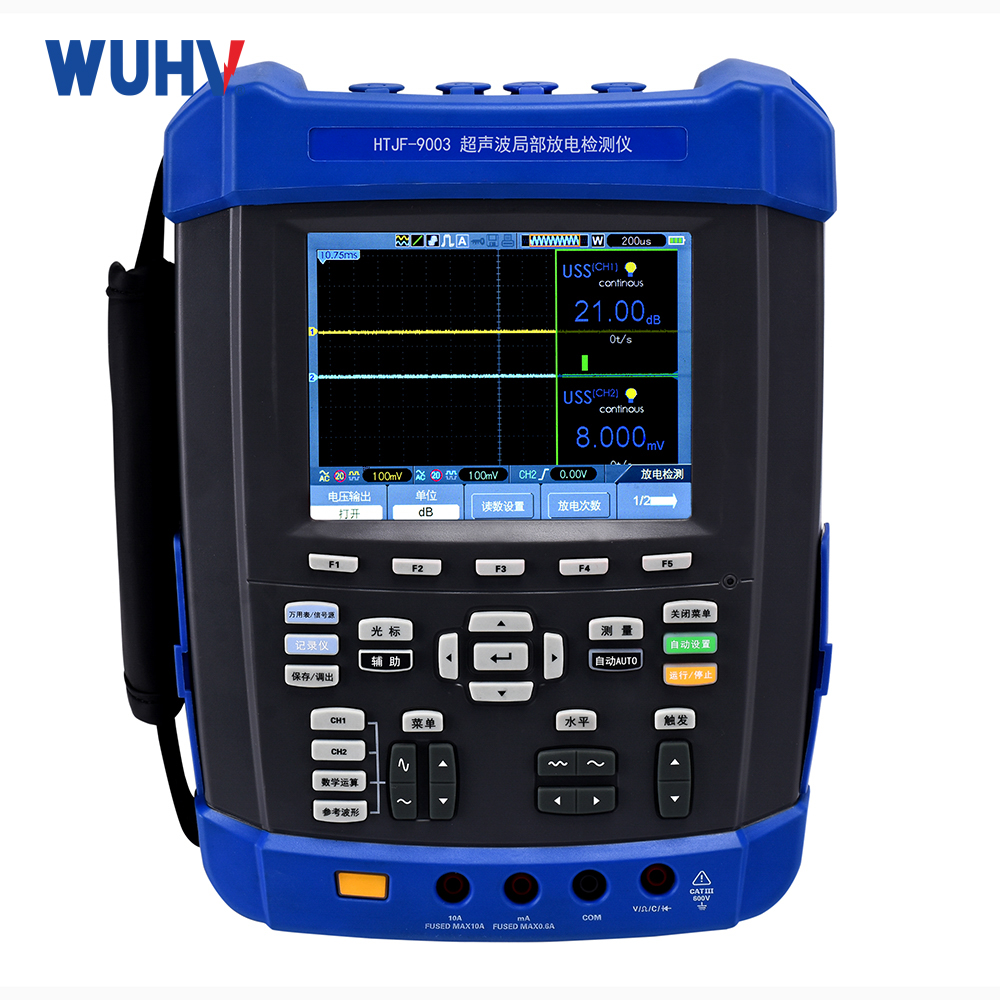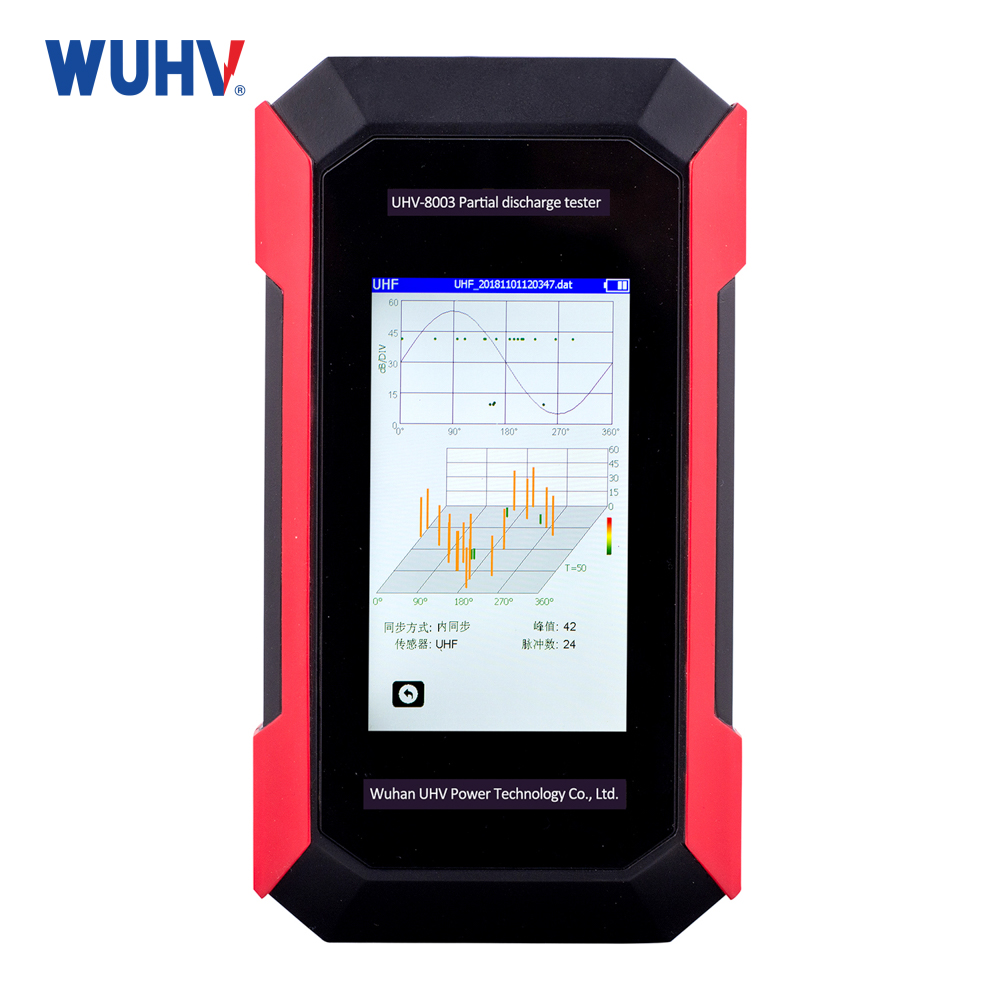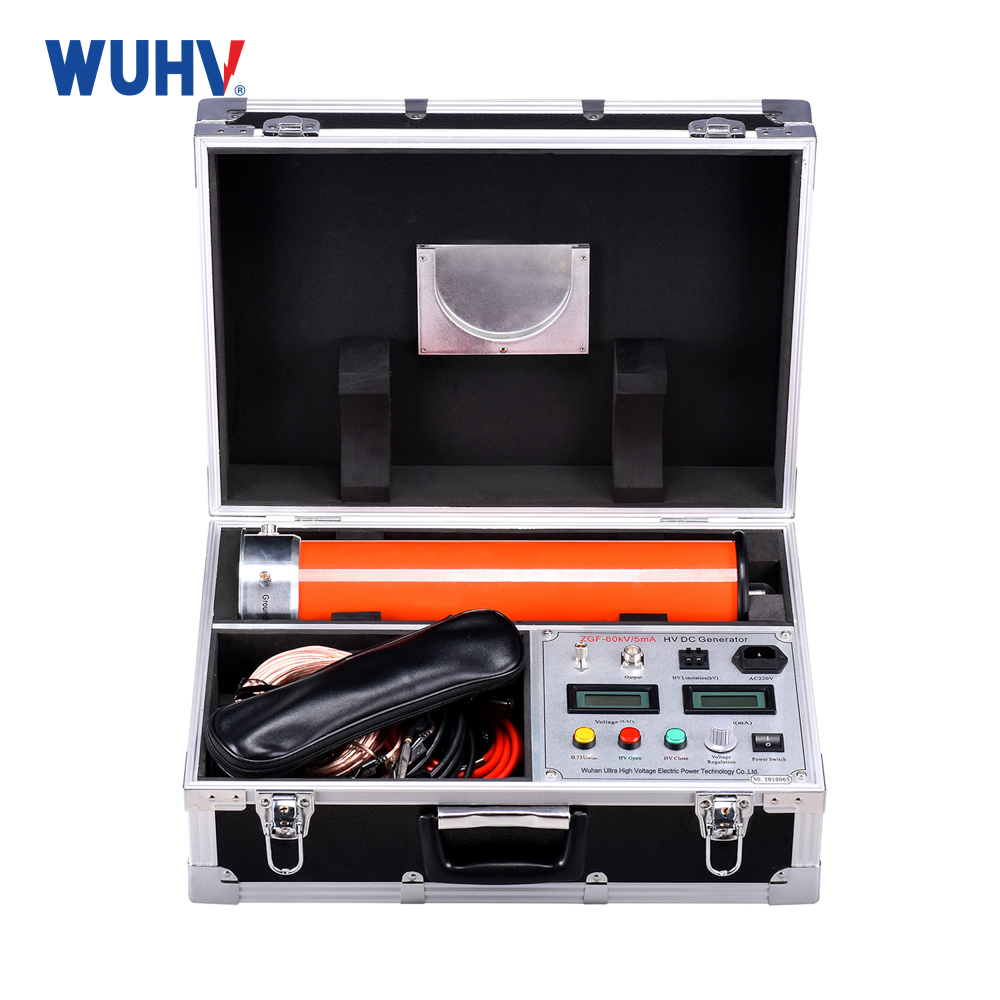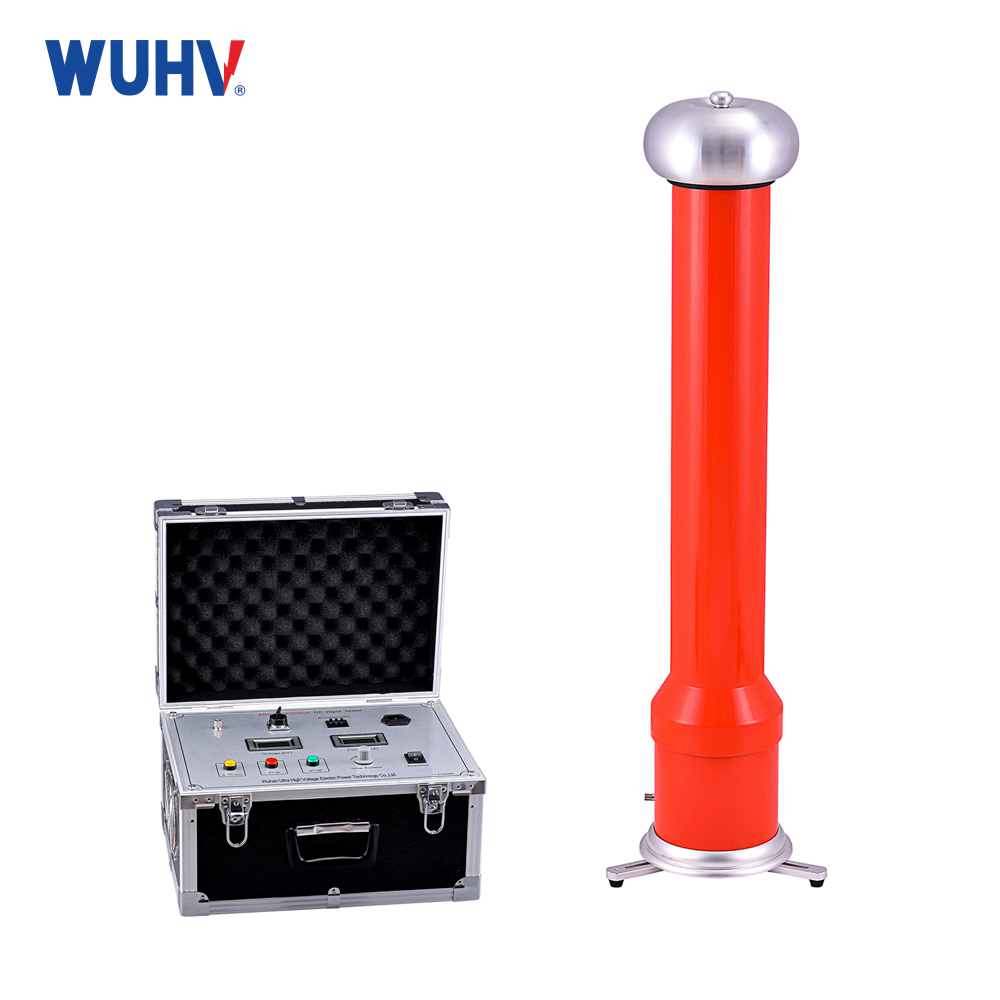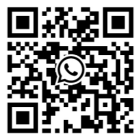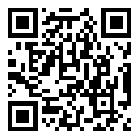The Primary Current Injection Test Kit under Wuhan UHV can help many power workers conduct various power tests more conveniently.
The difference between primary and secondary injection kits lies in where they inject test current and what part of the protection system they test. Here's a breakdown:
1.Secondary Injection Kit:
Target: The relay itself (specifically its input terminals).
Injection Point: Directly into the secondary terminals of the Current Transformers (CTs) and Voltage Transformers (VTs) - which is where the relay normally connects.
Current Level: Low current (typically milliamps to a few amps). Simulates the secondary signals the relay sees from the CTs/VTs.
Purpose:
Verify the relay's internal functionality: Settings, logic, timing, pickup/dropout, characteristic curves (e.g., IDMT), output contacts, communications.
Test the relay in isolation from the actual primary circuit and instrument transformers.
Commissioning, routine maintenance, troubleshooting relay-specific issues.
Equipment: Portable, lightweight test sets. Often include multiple current/voltage sources, timing functions, and software to automate complex tests.
What it DOESN'T Test: Does not test the CTs, VTs, wiring from CTs/VTs to the relay, or the primary circuit breaker trip coil circuit (only the relay's output contact).
Safety: Generally lower risk as high primary currents are not involved. Work is done on the secondary (low energy) side.
Example Test: Applying 1A at the relay's current input to see if it trips exactly at its 1A pickup setting after the correct time delay.
2. Primary Injection Kit:
Target: The entire protection chain: Primary Circuit -> CTs -> Wiring -> Relay -> Wiring -> Trip Coil -> Circuit Breaker Mechanism.
Injection Point: Directly into the primary conductors of the system (e.g., busbars, cable ends, switchgear stabs), bypassing the CTs.
Current Level: Very High Current (hundreds to thousands of Amps). Simulates actual primary fault currents.
Purpose:
Verify the complete protection system integrity: CT ratio/polarity, wiring continuity/correctness, relay operation under realistic current levels, trip circuit health, circuit breaker operation.
Commissioning new circuits, after major modifications, or to investigate suspected system-wide issues (e.g., relay not tripping breaker despite correct operation).
Equipment: Large, heavy, high-power test sets (transformers, rectifiers) capable of generating high currents. Requires significant setup and safety precautions.
What it Tests: The whole path: Primary injection -> CT -> Wiring -> Relay -> Wiring -> Trip Coil -> Circuit Breaker operation.
Safety: High Risk. Involves working with or near energized high-current primary circuits. Requires strict safety protocols (PPE, permits, isolation procedures).
Example Test: Injecting 2000A through a primary conductor to ensure the CT produces 5A (for a 400:1 ratio), the relay sees it correctly, sends a trip signal, and the circuit breaker physically opens.


